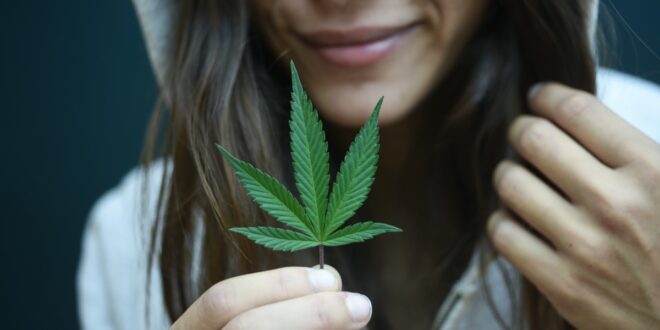Cannabis can improve the lives of people in so many ways. Whether it’s to reduce anxiety, help with pain, or any of the other benefits it can provide, there are a plethora of reasons why someone would be interested in using it. But just because someone wants to incorporate cannabis into their lives, this doesn’t automatically mean they want to smoke it. Using weed is typically immediately associated with smoking, which can create a negative connotation for some people. There are surprisingly many ways to use cannabis without smoking it, and most of these may feel more approachable for those who may be on the fence about cannabis use.
Why Would Someone Want to Avoid Smoking?
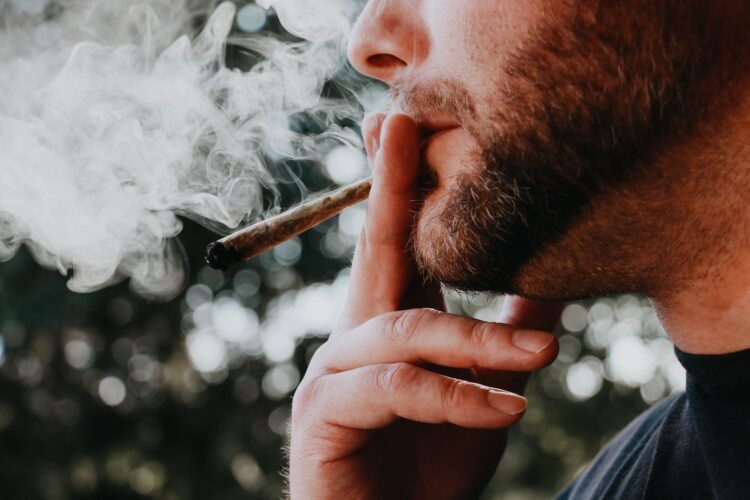
When it comes to potential dangers of smoking weed, the risk mainly lies in the act of smoking, rather than the cannabis. The flower itself typically poses minimal risks to the average adult, aside from mental and psychological aversions that some people have. Smoking is a result of combustion, which simply means the plant matter is burnt, releasing carbon monoxide, tar, particulate matter and more that can endanger the health of your throat and lungs over time. Smoke in general causes varying levels of irritation, which applies to marijuana smoke and tobacco smoke alike. Habitual smoking of cannabis can lead to several symptoms such as excess phlegm production, hoarse voice, coughing, and shortness of breath. However, there are certain steps that can be taken to alleviate those risks such as water filtration, using tobacco-free wraps, and choosing quality low-pesticide herb. For cheap bongs and water pipes to provide healthy water filtration to your smoke, visit SmokingOutlet.net. Another reason someone may want to reduce their smoking is discreetness: When it comes to smoking, it’s not just you that knows. Everyone around you does, as well. While this can be perfectly fine if you’re alone or smoking with others, there are certain situations where you may prefer a more subtle consumption method.
Non-Smoking Cannabis Consumption
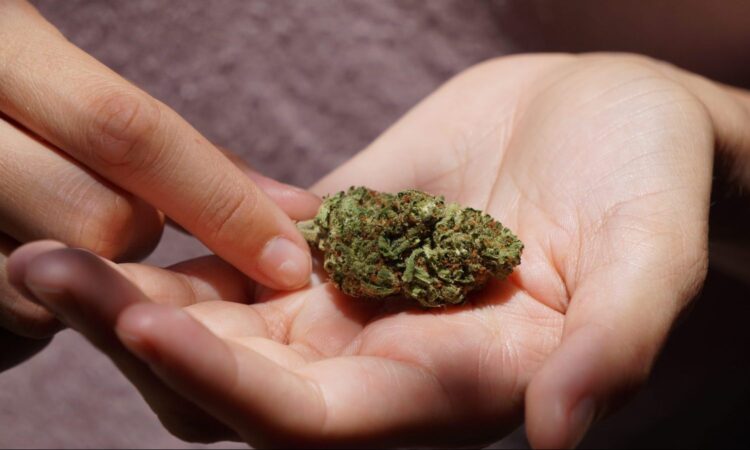
1. Vaping
Vaping is the one method on this list that is still a form of inhalation. Even when the user isn’t inhaling smoke from the process of combustion, inhaling vapor of any kind still comes with its own risks. However, some findings have shown that it is possibly less harmful to the lungs when marijuana is vaporized rather than smoked. There are a couple forms of vaping, including dry herb and cannabis oil. Dry herb (cannabis flower) can be heated and slowly dehydrated to the point of vaporization, without burning and combustion. This process happens within an enclosed conduction oven/heating chamber, and is called decarboxylation. Herb vaping tends to be more gentle on the lungs versus oil vaping, as it requires a lower temperature to reach the point of vaporization. Oil vaping, most popularly in the form of cartridges, can be a great consumption method, as well. It has the convenience of being extremely travel-friendly for on-the-go hits.
2. Edibles
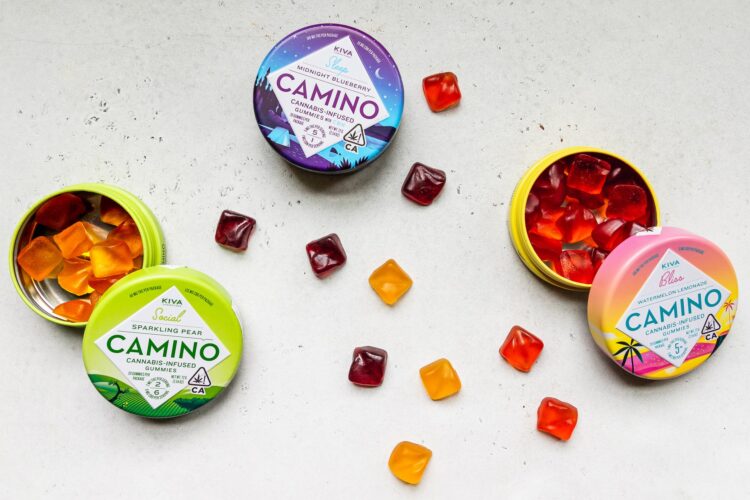
When you think of ”cannabis without smoke,” edibles are likely the first thing to come to mind. Edibles are cannabis-infused foods and beverages, which means you are ingesting weed versus inhaling it. Edibles come in many forms, including gummies, pastries, drinks, and even ingredients like butter and oils. THC metabolizes and processes through the body much differently than inhaled cannabis does. While both are methods of allowing THC to enter your body, the amount of time it takes for edibles is far longer than with smoking. Edibles must enter your stomach and be digested before it can enter your bloodstream, and provide effects to the user. Typically, edibles take around 30 minutes to an hour or so to kick in, but this time can vary by hours. It truly depends on the person, as well as the strength of the edible. If you’re interested in cannabis but not interested in inhalation, edibles can be great to experiment with. Taking away the need to inhale any form of smoke or vapor also takes away the respiratory risks that come with cannabis. Be cautious, however, as edibles do have a reputation of being unpredictable! A seemingly small dosage of THC has the potential to create an overwhelming or negative experience that can take a long time to wear off. So don’t wolf down the whole infused chocolate bar or drink, you may regret it! However, don’t let that scare you off: Just start off very small.
3. Tinctures & Capsules
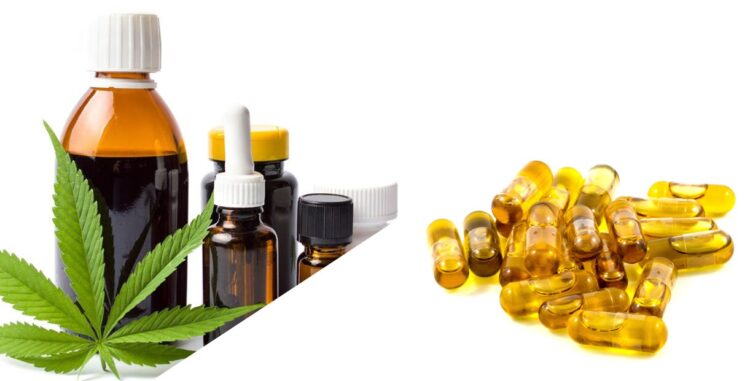
Arguably the most discreet method of consuming weed is through capsules and tinctures. Simply put, these are cannabis-concentrated oils in the form of capsules or dropper bottles. These offer a similar experience to edibles, without the extra calorie intake. A capsule would be swallowed just like any pill, but in tincture form, they can either be swallowed or applied sublingually (under the tongue). Tinctures can be easily dropped into food or beverages, making it practically effortless. Tinctures are highly versatile, as well as having the benefit of being easily dose-able. There will typically be a THC/CBD amount per drop labeled on a tincture bottle, making it very easy to properly dose. An additional benefit of incorporating tinctures and capsules into your cannabis rotation is shelf life: These types of products can last for years if stored in a cool, dry place.
4. Topicals
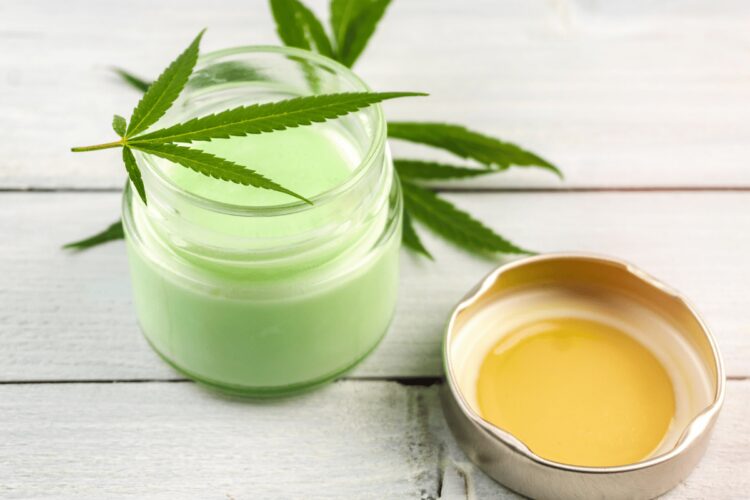
Topicals are infused products that are applied to the surface of the skin, rather than directly into your body through ingestion or inhalation. Topically-applied cannabis is the one method that induces no type of psychoactive effect, but rather, a therapeutic effect. Cannabis-infused topicals typically are heavy in CBD, while a few of them do contain THC. Topical cannabis stimulates the body’s cannabinoid receptors to communicate with your brain, treating localized pain through the central nervous system. Many people apply topicals in the form of lotons, balms, and salves to different parts of the body for several reasons. Cannabis-infused topicals can help to treat pain, inflammation, headaches, healing minor wounds, and skin conditions such as eczema, and even acne in some cases. For those who are interested in cannabis for its therapeutic and pain-relieving properties without putting anything directly in the body, topicals are a wonderful option.
In Conclusion
Cannabis has long been associated with smoking, but as the market increases, we’re provided with options that allow us to reap its benefits without the potential risks of smoking. Even if you’re a current smoker, it’s valuable to consider other methods you could add into the mix. Or rather, if you don’t use cannabis but are intrigued by its possible benefits, experimenting with smoke-free methods could introduce you to therapeutic effects that could potentially benefit your lifestyle. Now that you’ve learned about several smoke-free ways to use weed, which one do you want to try?
 Hi Boox Popular Magazine 2024
Hi Boox Popular Magazine 2024
